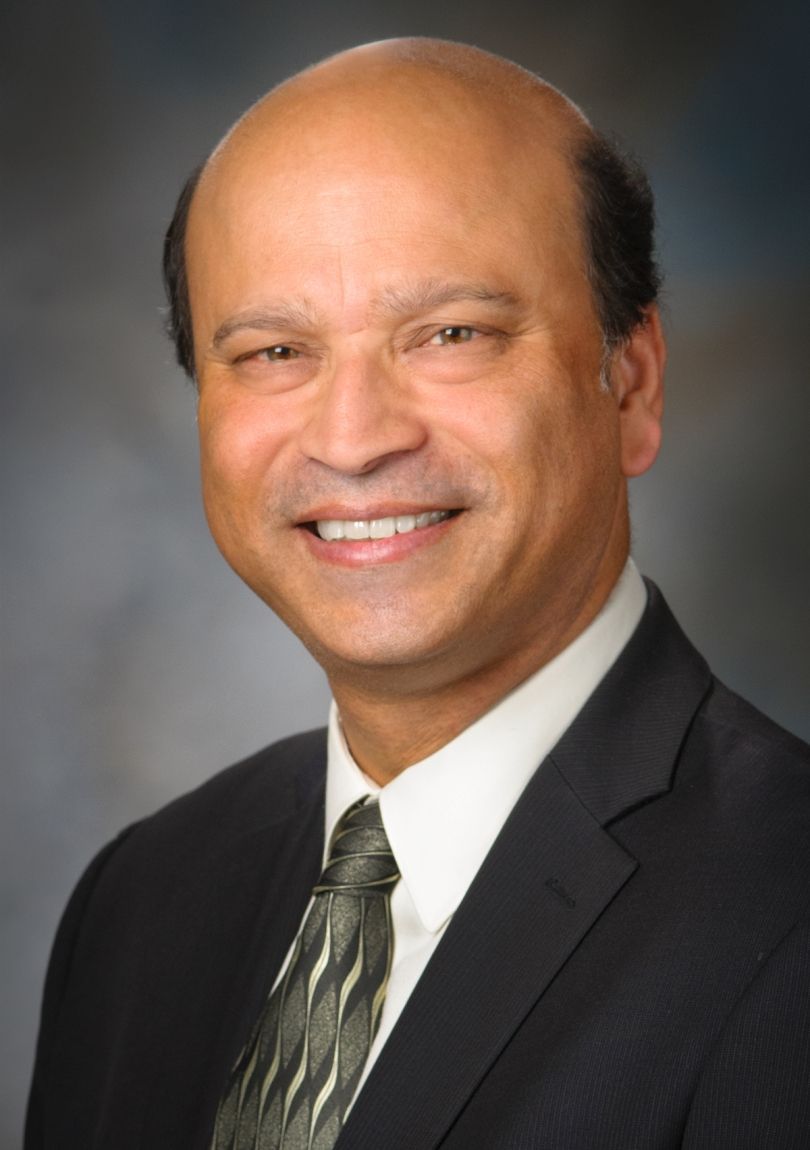Article
Screening After a Lung Cancer Diagnosis
Author(s):
Does lung cancer screening continue after a person is finished with treatment and moves in to the survivorship stage?
During the past couple of decades, lung cancer screening has become more important than ever, owing to the advent of better imaging technology and well-designed clinical trials that have confirmed their effectiveness at early detection and a role in improved outcomes.
Dr. Debu Tripathy, editor-in-chief at CURE® and professor of Medicine and chair, Department of Breast Medical Oncology at The University of Texas MD Anderson Cancer Center.

The Centers for Disease Control and Prevention recommend that certain populations be screened for lung cancer with low-dose CT scans. But what happens once a patient has been diagnosed? Does screening continue after treatment is completed and survivorship status is determined?
In this issue of CURE®, we learn how critical it is to continue having follow-up exams and tests, every month or so until disease progression has been controlled and perhaps less frequently thereafter.
Patients who have been treated for lung cancer are at risk not only for recurrence due to residual microscopic cancer cells, but also for completely new, independent cancers of the lung and other areas.
Follow-ups give oncologists the opportunity to check whether new nodules have developed or disease has spread.
A regular screening schedule after a diagnosis is important because if cancer is detected, care teams can act quickly and hopefully obtain positive outcomes. Optimal surveillance guidelines, for both health care professionals and patients, are continually updated and available on websites like those of the American Cancer Society (cancer.org) and the American Society of Clinical Oncology (asco.org).
Even with high-tech methods to identify lung cancer recurrence, there is no fool-proof way to predict whether the disease will come back. This would be especially helpful for patients with small cell lung cancer, which is more likely than others to spread.
Once a recurrence has been identified on imaging tests, a multidisciplinary approach can help patients and their families understand the pattern of recurrence and lead to better treatment moving forward. In addition, a new lung or other cancer (not a recurrence of the original cancer) can develop years later, which may be curable with resection and/or other therapies.
Although smoking sometimes plays a role in a patient’s increased risk for lung cancer — and cessation does, over time, lower the risk of certain secondary cancers — factors like genetic predispositions and air pollution may also contribute to this higher risk. Even so, patients can reduce the risk by making healthy choices with respect to diet and physical activity.
Debu Tripathy, M.D.
Editor-in-chief
Professor of Medicine
Chair, Department of Breast Medical Oncology
The University of Texas MD Anderson Cancer Center
For more news on cancer updates, research and education, don’t forget to subscribe to CURE®’s newsletters here.




